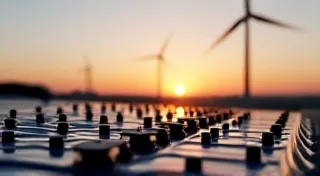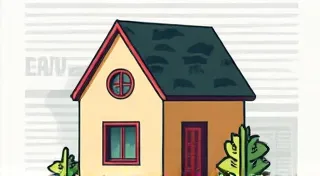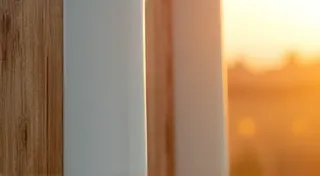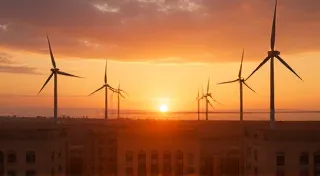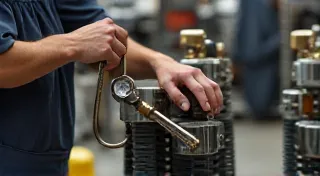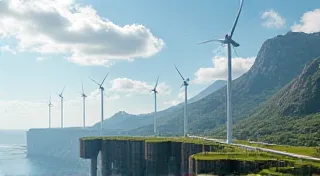The Future of Small-Scale Wind Power: Innovations and Trends
Small-scale wind power is rapidly evolving, moving beyond simple DIY projects and embracing sophisticated innovation. For years, building your own wind turbine has been a niche hobby, but advancements in materials, design, and control systems are opening doors to increased efficiency, affordability, and accessibility. Let's explore some of the key trends shaping the future of DIY wind power.
New Materials for Enhanced Performance
One of the most significant areas of innovation revolves around materials. Traditional wind turbine blades were often constructed from fiberglass, which is relatively robust but can be heavy and inefficient. Newer materials are offering significant advantages:
- Carbon Fiber Composites: These are lighter and stronger than fiberglass, allowing for longer blades and improved energy capture. While initially more expensive, economies of scale are driving prices down.
- Bio-Based Polymers: Sustainability is a growing concern, and bio-based plastics derived from plant sources offer a renewable alternative to traditional petroleum-based materials. These offer a reduced carbon footprint.
- Advanced Alloys: For turbine towers and hub components, stronger and lighter alloys are being developed, reducing the overall weight and increasing stability in varied weather conditions.
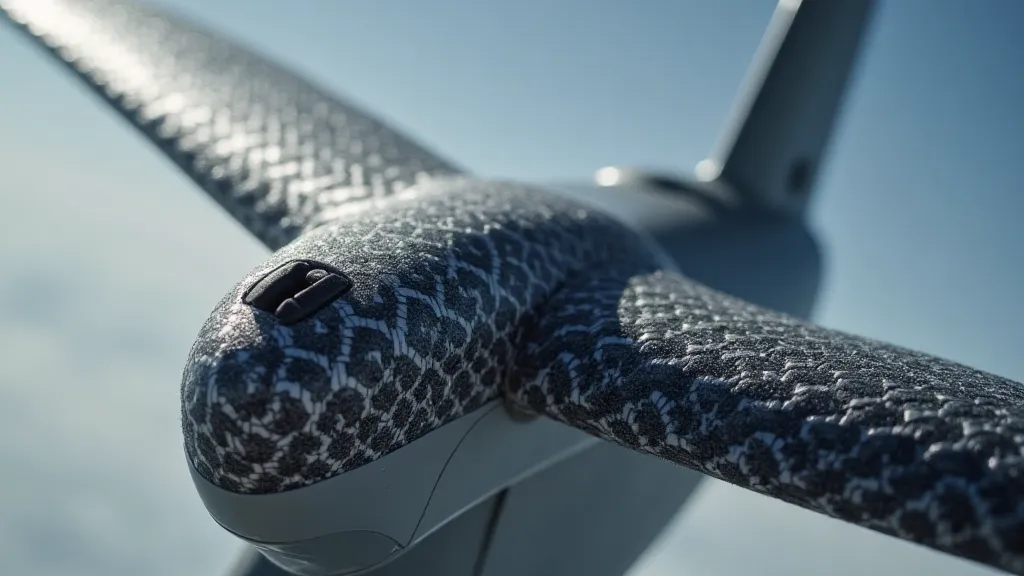
The choice of materials significantly impacts the overall performance and longevity of the turbine. Proper material selection is crucial not only for efficiency but also for safety and resilience against harsh weather conditions. Understanding how different materials react to stress and fatigue is becoming increasingly important for both experienced DIYers and those just starting to explore small-scale wind power.
Design Innovations for Increased Efficiency
Beyond materials, clever design tweaks are also contributing to more efficient small-scale wind turbines:
- Vertical Axis Wind Turbines (VAWTs): While horizontal axis turbines (HAWTs) are more common, VAWTs are gaining traction, particularly in urban environments and areas with turbulent winds. Their design allows them to accept wind from any direction without needing to yaw. New designs are improving their efficiency and reducing vibration.
- Ducted Wind Turbines: Surrounding the turbine blades within a duct or shroud can focus wind flow and increase rotational speed. This technology is still in its early stages for small-scale turbines but shows promise.
- Blade Aerodynamics: Research into optimized blade shapes, inspired by nature (biomimicry), is leading to more efficient designs that capture more wind energy.
The aerodynamic design of turbine blades is paramount in maximizing energy capture. Understanding the principles of lift and drag, and how these forces interact with the wind, is vital for creating effective blades. For those considering a custom-built turbine, researching blade design techniques and experimenting with different shapes can lead to significant performance gains. One key aspect to consider is the correct sizing your wind turbine to match your energy needs, ensuring you extract the most power possible.
Smart Control Systems for Optimal Operation
The rise of the Internet of Things (IoT) and advancements in microcontrollers are enabling smarter wind turbine control systems:
- Real-Time Wind Speed Monitoring: Sensors can constantly monitor wind speed and direction, allowing the turbine to adjust its pitch and orientation for maximum energy capture.
- Automated Braking and Feathering: In high winds, the turbine can automatically slow down or feather (rotate blades out of the wind) to prevent damage.
- Remote Monitoring and Control: Users can monitor their turbine's performance and adjust settings remotely via smartphone or computer.
- Energy Storage Integration: Combining wind turbines with battery storage systems allows for energy to be stored for later use, providing a more reliable power source.
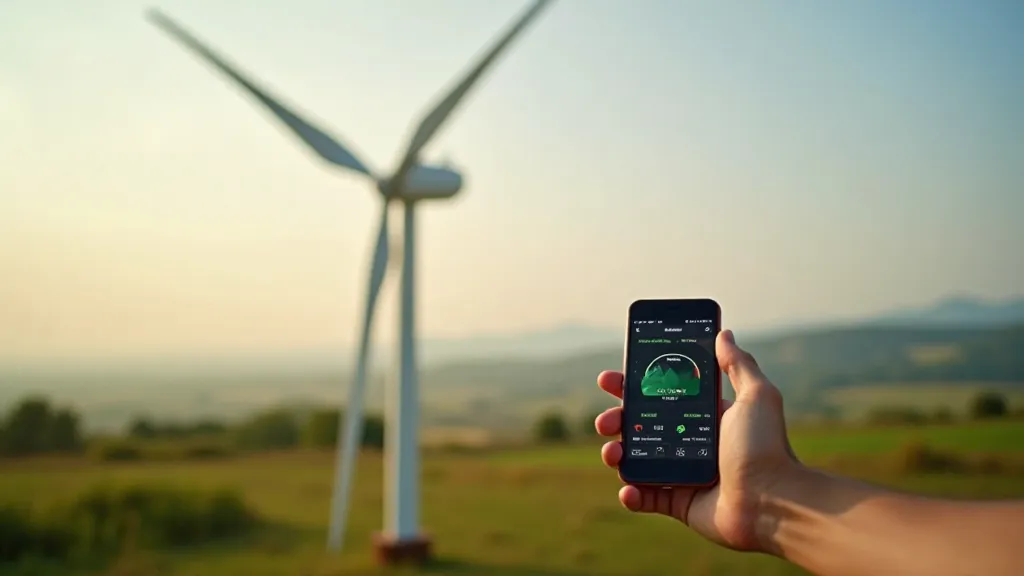
Smart control systems are revolutionizing how wind turbines operate, moving beyond simple on/off functionality to dynamically adapt to changing wind conditions. The ability to remotely monitor performance and adjust settings opens up a new level of control and optimization. Furthermore, integrating your turbine with a battery bank requires careful consideration of wiring and system compatibility. Incorrect wiring can lead to inefficiency and potential hazards; it’s crucial to understand the process of wiring your wind turbine correctly and safely.
The Rise of Modular and Printable Designs
3D printing is revolutionizing the construction of small-scale wind turbines. Modular designs, where components can be printed or easily assembled, are lowering the barrier to entry for DIY enthusiasts. This also allows for customized designs tailored to specific needs and environmental conditions.
The accessibility of 3D printing has empowered individuals to design and fabricate their own turbine components, opening up a world of possibilities for customization and innovation. From blade designs to tower structures, 3D printing allows for a level of design freedom that was previously unattainable. Furthermore, the modularity of printed components simplifies assembly and allows for easy replacement of damaged parts, extending the turbine's lifespan.
Addressing Noise Concerns and Operational Challenges
While wind power is a clean energy source, noise can be a concern, particularly in residential areas. Fortunately, there are techniques to reduce turbine noise, including blade design modifications and the use of noise-dampening materials. Furthermore, understanding the principles of wind turbine operation can help troubleshoot common problems and ensure optimal performance. For those experiencing operational difficulties, seeking out resources on troubleshooting common wind turbine problems can prove invaluable.
Looking Ahead: The Future of DIY Wind Power
The future of small-scale wind power is bright. As technology continues to advance, we can expect to see even more efficient, affordable, and accessible wind turbines. This will empower individuals and communities to generate clean, renewable energy and contribute to a more sustainable future. The combination of readily available plans, accessible materials, and innovative designs positions DIY wind power as a significant contributor to the renewable energy landscape. Expect to see more compact, quieter, and more aesthetically pleasing wind turbines integrating seamlessly into residential and rural environments.
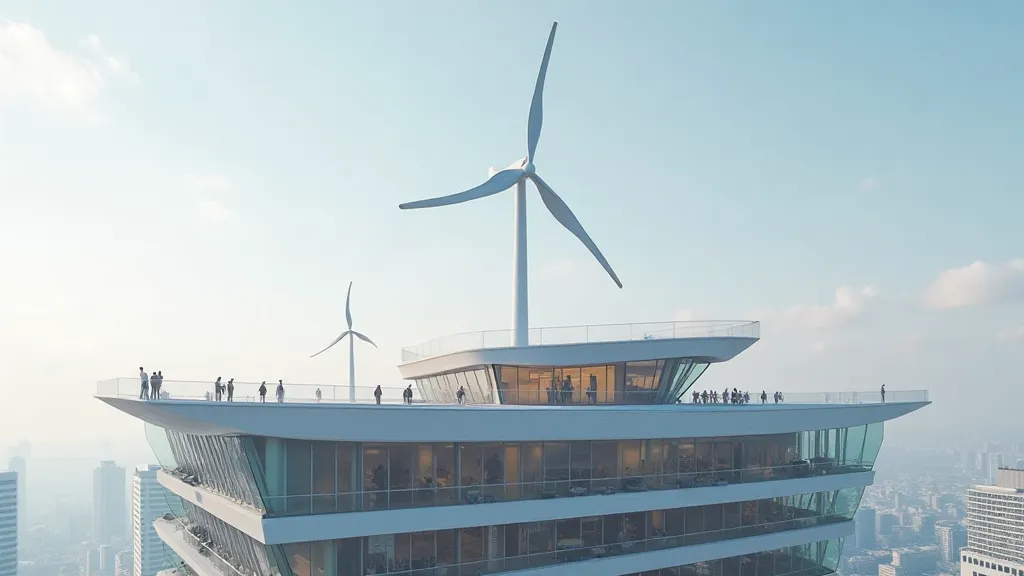
Beyond the advancements already discussed, we can anticipate further integration with smart grids, allowing small-scale wind turbines to contribute to larger energy networks. The development of more sophisticated control algorithms will optimize performance and minimize environmental impact. The continued focus on sustainability will drive the adoption of bio-based materials and closed-loop manufacturing processes. As DIY wind power becomes increasingly accessible and mainstream, it has the potential to play a significant role in the global transition to a cleaner, more sustainable energy future.
The simplicity and affordability of DIY wind power, combined with the growing awareness of environmental concerns, are driving a surge in popularity. With continued innovation and accessibility, small-scale wind power is poised to become an increasingly important part of the renewable energy landscape, empowering individuals and communities to generate their own clean energy and contribute to a more sustainable future.
